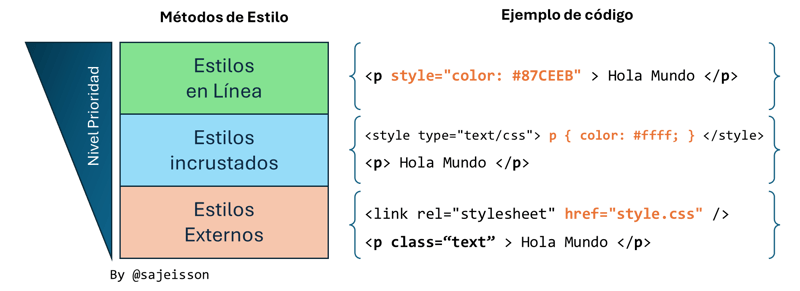In this blog, we will learn how to deploy autoscaling group with an application load balancer,EFS, RDS, Route 53, ACM , WAF and Cloudwatch using step-by-step guides
we’ll delve deeper into the benefits, provide troubleshooting advice, and share insights for an advanced HA setup on AWS.
Overview of the Architecture
Our target architecture, designed for high availability, comprises various AWS services, each with a specific role in the stack:
1. DNS Configuration with AWS Route 53
Begin with setting up your DNS using AWS Route 53. It will direct traffic to your application, ensuring that the domain name is resolved to the right resources.
2. Load Balancing with High Availability
Implement the AWS ALB for distributing the traffic evenly across your EC2 instances. The ALB also checks the health of the instances and only routes traffic to the healthy ones.
3. Securing the Transmission
Utilize AWS Certificate Manager to handle the SSL/TLS certificates. This is crucial for encrypting data in transit and providing a secure channel for your users.
4. Protecting Your Application
Configure AWS WAF to protect your application from common web exploits that could affect availability, compromise security, or consume excessive resources.
5. Elasticity with Auto Scaling
Use Auto Scaling to maintain application availability and allow the number of Amazon EC2 instances to scale up or down automatically according to conditions you define.
6. Persistent Storage Across Instances
Employ Amazon EFS, which provides a simple interface that allows your application to access shared file storage.
7. Database with High Availability
Set up Amazon RDS with a master and a replica in different Availability Zones to ensure that your database is highly available and resilient to infrastructure failures.
8. Monitoring and Alerting
With AWS CloudWatch, keep an eye on your application’s performance and set up alerts for any anomalies that might indicate issues with availability.
9. Streamlined Development Workflow
Leverage a CI/CD pipeline using GitHub Actions to enable your developers to integrate and deliver code changes more rapidly.
10. Infrastructure as Code with Terraform
Finally, use Terraform to script the creation of all these services in AWS. Terraform will allow you to deploy this entire architecture in a repeatable and predictable manner.
Advanced Architecture Benefits
Resiliency and Redundancy: By distributing resources across multiple Availability Zones, you create a fault-tolerant system that mitigates the risk of a single point of failure.
Scalability: Auto Scaling and Elastic Load Balancing respond dynamically to traffic fluctuations, maintaining performance during demand spikes without manual intervention.
Security: AWS WAF and AWS Shield provide advanced protection layers against DDoS attacks and unexpected traffic patterns.
Automation: Terraform’s infrastructure as code (IaC) approach allows for repeatable builds and simplifies the process of applying changes to the infrastructure with minimal human error.
Troubleshooting Tips
Health Checks: Regularly monitor the health of EC2 instances via ALB health checks. Unhealthy instances should be investigated for issues like configuration errors, depleted resources, or failed deployments.
Database Failovers: RDS failover events can be triggered by instance or AZ failures. Always monitor your RDS dashboard for failover events and configure alarms to alert you immediately.
Latency: High latency can indicate misconfigured Auto Scaling or issues with your database. Tools like AWS X-Ray can help in tracing requests and diagnosing the bottlenecks.
If you prefer a video tutorial to help guide you through the setup of deploying a Full Stack AWS Architecture Using Terraform
References:


